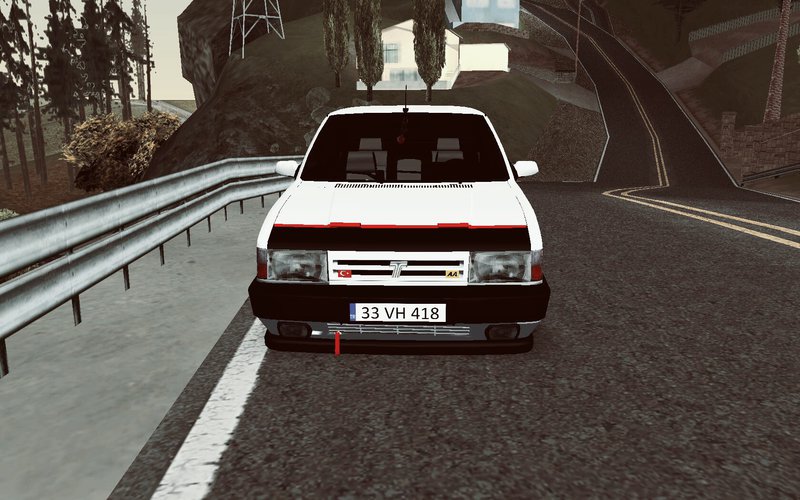

Advanced Combat Environment (ACE) provides the most realistic, comprehensive, and tactical first-person military simulation available for the civilian PC market.Advanced Combat Environment (ACE) allows casual to hard-core gamers the opportunity to experience realistic military weapons, equipment, and tactics while still maintaining an environment that is enjoyable to play.Our focus is not only on creating coding and scripting which highlights realism but on creating realistic missions on which one may experience the full spectrum of virtual combat. We strive to create hyper-realism without losing sight that the mod must be playable by the “advanced” user. ACE is designed from the bottom up with the goal of encouraging its users to employ real world tactics and strategy (fighting as a team) in order to accomplish realistic military objectives. Our primary mission is to create a wide variety of real world weapons, vehicles, equipment, and tactics so that those playing the ACE modification will be able to better simulate combined arms combat on a modern battlefield. The overarching philosophy of ACE is to provide its users with a combat simulation that is both realistic and enjoyable.
 Advanced Combat Environment (ACE) is a full conversion modification for Armed Assault. 11.6 Public Relations Content Providers. The goodness of fit of the VG NGARCH model and its ability to predict the probabilities of large price movements are demonstrated by comparison with the benchmark GARJI model. Morgan Chase, CitiGroup, and AIG, from Januto December 31, 2009. The performance of the proposed VG NGARCH model is compared with that of the GARJI model using daily stock prices of five financial companies contained in the S&P 500, namely, Bank of America, Wells Fargo, J.P. Being an extension of the variance-gamma model developed by Madan, Carr, and Chang (1998), the proposed VG NGARCH model imposes an autoregressive structure on the conditional shape parameters, which describes the arrival rates for news with different degrees of impact on price movements, and provides an ex ante probability for the occurrences of large price movements. This study proposes and calibrates a more informative and parsimonious model, the VG NGARCH model. The resulting model specifically accounts for the volatility clustering and leverage effect, however, it is overparameterized and provides only an ex post filter for the probability of large price movements occurring. Chan and Maheu (2002) developed a GARCH-jump mixture model, namely, the GARCH-jump with autoregressive conditional jump intensity (GARJI) model, in which two conditional independent processes, i.e., a diffusion and a compounded Poisson process, are used to describe stock price movements caused by normal and extreme news events, respectively.
Advanced Combat Environment (ACE) is a full conversion modification for Armed Assault. 11.6 Public Relations Content Providers. The goodness of fit of the VG NGARCH model and its ability to predict the probabilities of large price movements are demonstrated by comparison with the benchmark GARJI model. Morgan Chase, CitiGroup, and AIG, from Januto December 31, 2009. The performance of the proposed VG NGARCH model is compared with that of the GARJI model using daily stock prices of five financial companies contained in the S&P 500, namely, Bank of America, Wells Fargo, J.P. Being an extension of the variance-gamma model developed by Madan, Carr, and Chang (1998), the proposed VG NGARCH model imposes an autoregressive structure on the conditional shape parameters, which describes the arrival rates for news with different degrees of impact on price movements, and provides an ex ante probability for the occurrences of large price movements. This study proposes and calibrates a more informative and parsimonious model, the VG NGARCH model. The resulting model specifically accounts for the volatility clustering and leverage effect, however, it is overparameterized and provides only an ex post filter for the probability of large price movements occurring. Chan and Maheu (2002) developed a GARCH-jump mixture model, namely, the GARCH-jump with autoregressive conditional jump intensity (GARJI) model, in which two conditional independent processes, i.e., a diffusion and a compounded Poisson process, are used to describe stock price movements caused by normal and extreme news events, respectively.






 0 kommentar(er)
0 kommentar(er)
